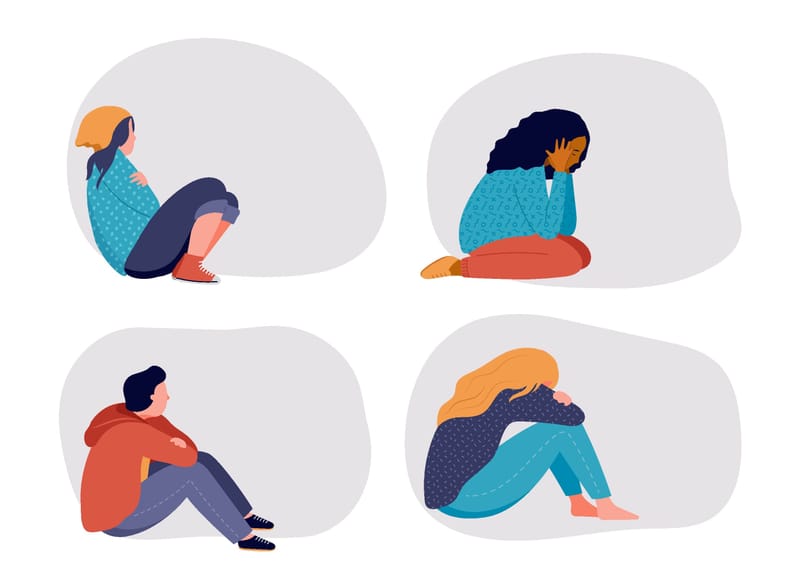
COVID-19 is having a major impact on Australia’s cultural life, and creative industries and the screen industry is no exception. Productions have halted, cinemas have closed, and major film festivals have been cancelled or postponed. As the pandemic progresses, the extent of its impact on the present and future of our local screen industry is becoming ever clearer.

With film and television productions stalled, many producers, directors, writers, cinematographers and technical workers are out of work. This has had an immediate impact on the wellbeing and financial security of screen industry professionals in Australia, and will likely have longer-term impacts on screen culture in our country.
Many attachment and mentoring programs are on hold for the foreseeable future, and social distancing measures pose significant problems for industry personnel relying on governmental rebates to recoup their costs.
Under normal circumstances, producers are eligible for a 40 per cent tax offset if their film is publicly exhibited in a commercial cinema. A reduced offset is available to producers of content created for home viewing or streaming video-on-demand release. With no possibility for cinema release until social distancing measures are lifted, screen creatives must either wait to release their films theatrically, or opt for a streaming release and a much smaller offset.
The curtain’s down for now
Restrictions on public gatherings have forced cinemas to close their doors. Australia’s major film festivals – Sydney Film Festival and Melbourne International Film Festival – have also cancelled their events for 2020, as have the smaller festivals that populate our diverse cultural calendar. This is devastating for broader film culture in Australia, but even more so for the filmmakers that rely on festivals to reach an audience.

With many Australians heeding government advice to stay at home, Subscription video-on-demand platforms such as Foxtel Now, GooglePlay, iTunes, Kanopy, Mubi, Netflix, Ozflix, and Stan are seeing an influx of new subscribers. It’s tempting to think that this may have a positive impact on Australian screen culture, especially if audiences follow the advice of Screen Australia CEO Graeme Mason to: “Stay home. And while you’re there, buy, rent, stream, and watch Australian content.”
Yet this shift to streaming presents additional problems. While services like Netflix may reap the rewards, the benefits may not flow through our local screen industry. For instance, the Australian Academy of Cinema Television Arts (AACTA) runs an annual awards ceremony – our local equivalent of the Oscars – and films are only eligible for recognition if they've had a theatrical release. This means films must screen in commercial cinemas to be nominated.
What the future holds
So how is the Australian screen industry responding to these challenges? And what will it look like in the post-pandemic future?
Federal funding body Screen Australia has emphasised that it “remains open for business”, noting it will be “focusing on increasing our development investment”.
It's important that our funding bodies continue to support the sector through this crisis, but when the pandemic dissipates, should the industry return to business as usual?
On 27 March, Screen Australia's Mason stated: “We will be looking initially at how we can back projects that can have the most impact to assist the broader sector.”
In light of this, it's announced increased funding to the Story Development: Premium fund, which aims to develop ambitious new scripted projects with demonstrated market viability. It's also advertised a series of online masterclasses for Indigenous creators, an online showcase of Australian screen content, and a COVID-19 resource directory for industry professionals. Some state-based funding bodies have followed suit, announcing new or increased funding schemes.
Yet on April 15, communication minister Paul Fletcher announced that content quotas for Australian drama, children’s and documentary on free-to-air and subscription television would be suspended for 2020.
It's important that our funding bodies continue to support the sector through this crisis, but when the pandemic dissipates, should the industry return to business as usual?
These are unprecedented times, and they could offer our industry a chance to finally address some of its longstanding issues of diversity and inclusion.
Read more: What will a post-COVID-19 world look like?
Screen Australia’s Gender Matters report of 2015 showed the extent of gender inequality in the Australian film industry, and sparked a taskforce to address this issue, which has resulted in some progress – though more needs to be done.
The Seeing Ourselves report of 2016 highlighted similar structural inequalities in our television industry, which is sorely lacking in diversity when it comes to cultural background, disability, and sexual orientation/gender identity.
These inequalities will prevail in our screen culture unless affirmative action is taken.
Perhaps we could see COVID-19 as an opportunity to reflect and consider how our screen industry operates. We could drive more inclusive practices if we thoroughly question who gets to be involved, what participation looks like, and why representation matters.
The most beneficial element of social isolation may be this chance to imagine the Australian screen industry anew, to ask these important questions, and to ensure that we finally have a diversity of meaningful responses.





